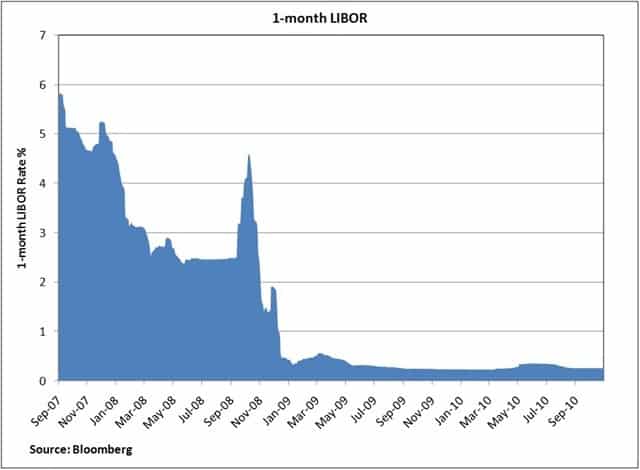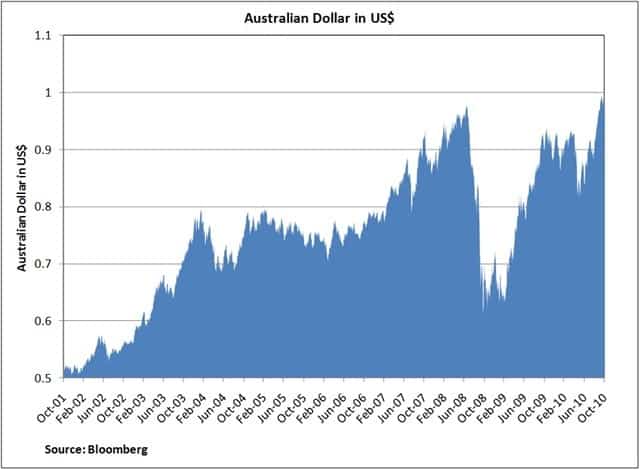Eye of a Very Long Storm
If you’re reading this Salvo on the day it is posted, then you are likely holding your breath on a number of fronts: the outcome of the election tonight, the FOMC announcement tomorrow afternoon and the policy meetings of the Bank of England, European Central Bank and the Bank of Japan and the new jobs numbers, due later this week. It is a day of anticipation and, for some, it is a day of positioning portfolios for short-term volatility based on likely outcomes. Indeed, there may be volatility if market expectations are unrequited, i.e., if the Republicans don’t take the House in convincing fashion, if the Fed disappoints on details for QE2, if foreign central banks decide to be passive or aggressive in the face of Fed maneuvering, or if the non-farm payroll number comes in significantly over or under the consensus of +60 thousand.
If you are holding your breath, exhale and focus on a few longer-term trends that aren’t going to change very much once the immediate questions from this week get answered. First, rates. In case it is lost on anyone pulling a monetary policy lever, rate and liquidity are not holding back the global economy, and haven’t been for some time. Behold the graph below, which is one-month LIBOR. Don’t let the scale fool you, the unsecured inter-bank lending market has been flat as a pancake for many months.
Second, the dollar. The Reserve Bank of Australia was the first central bank out of the gate this week, and it decided at its meeting yesterday to raise its overnight cash rate by 25 basis points to 4.75%. According to the policy statement, the country is experiencing strong labor demand, the effects of stronger-than-expected growth in China and “the prices most important to Australia remain at very high levels, with the result that the terms of trade are at their highest since the early 1950s.” The Australian dollar now flirts with parity to the US Dollar.
Australia may be an outlier, but it’s not alone: The Reserve Bank of India also raised its overnight repo rate by 25 basis points to 6.25%. In its policy statement, the RBI addressed global pressures. “The slowing momentum of recovery has prompted the central banks of some advanced economies to initiate (or consider initiating) a second round of quantitative easing to further stimulate private demand. While the ultra loose monetary policy of advanced economies may benefit the global economy in the medium-term, in the short-term it will trigger further capital inflows into emerging market economies (EMEs) and put upward pressure on global commodity prices.” The so-called advanced economies are engaged in a battle to devalue their own currencies while the rest of the world compensates.
Third—and this is all related—gold vaults in Manhattan, many of which were turned into clubs or shuttered during the ‘80s and ‘90s, are back in demand. JP Morgan recently announced they were re-opening a gold vault that had been mothballed. For the first time in history, according to GFMS, private investors now own more gold (30 thousand metric tons) than central banks, and they have the high-grade problem of finding a place to store it.
The markets may be volatile depending on how things break over the next few days, but longer-term trends may not be deflected by whether John Boehner or Nancy Pelosi is sitting in the Speaker’s chair in January.


Comments are closed.